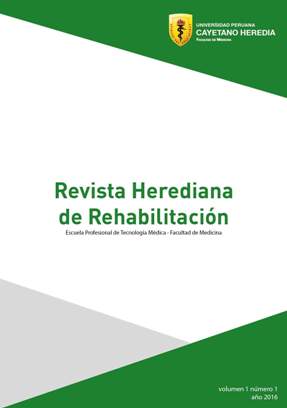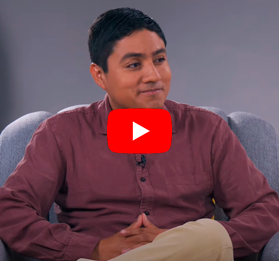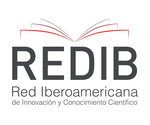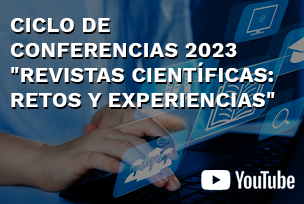Percepción de la familia sobre la calidad de atención del Terapeuta Ocupacional en la fase de Rehabilitación en la Asociación de Ayuda al Niño Quemado-Aniquem, diciembre 2013.
DOI:
https://doi.org/10.20453/rhr.v1i2.3206Abstract
Objetivos: determinar la percepción de la familia sobre la calidad de atención del terapeuta ocupacional en la fase de rehabilitación en la Asociación de Ayuda al Niño Quemado (Aniquem), diciembre 2013. Material y métodos: El estudio fue cuantitativo, tipo descriptivo, de corte transversal. Se incluyeron 68 familiares, a quienes se les aplicó un cuestionario elaborado por la investigadora para determinar la percepción de la familia sobre la calidad de atención del terapeuta ocupacional. El instrumento tenía tres dimensiones (“Comunicación”, “Información” y “Apoyo emocional”) y clasificó la percepción del familiar en ¨Favorable¨ y ¨Desfavorable¨. Resultados: Se obtuvo que el porcentaje de familiares que de los niños quemados que consideraron favorable la calidad de atención del terapeuta ocupacional en las dimensiones de ¨Comunicación, “Información” y “Apoyo emocional” fue 98,5%; 91,2% y 97% respectivamente; mientras que el 97% de familiares percibieron favorable la calidad de atención del servicio de terapia ocupacional en todas las dimensiones de manera integral. Conclusiones: la percepción de la familia sobre la calidad de atención del terapeuta ocupacional fue favorable de manera integral y en cada dimensión.Downloads
Downloads
Published
How to Cite
Issue
Section
License
All articles published in the Revista Herediana de Rehabilitación are under a Creative Commons Reconocimiento 4.0 International license.
The authors retain the copyright and grant the journal the right of first publication, with the work registered with the Creative Commons License, which allows third parties to use what is published whenever they mention the authorship of the work, and to the first publication in this magazine.
Authors can make other independent and additional contractual agreements for the non-exclusive distribution of the version published in this journal, provided they clearly indicate that the work was published in this journal.
The authors can file in the repository of their institution:
The research work or thesis of degree from which the published article derives.
The pre-print version: the version prior to peer review.
The Post-print version: final version after peer review.
The definitive version or final version created by the publisher for publication.












 Esta obra está bajo una
Esta obra está bajo una 